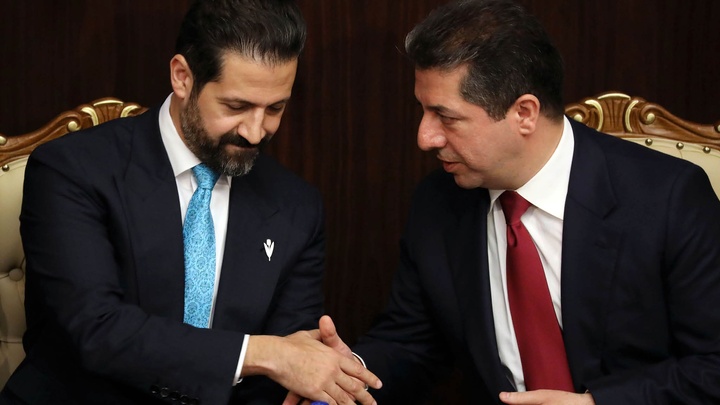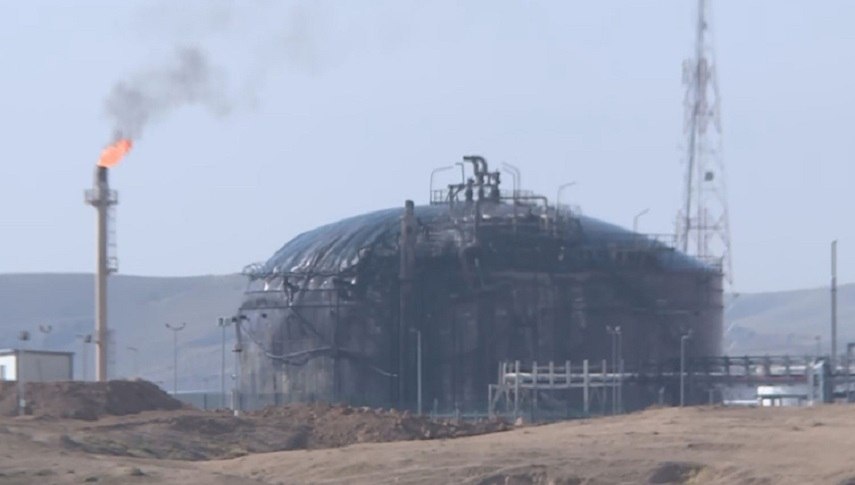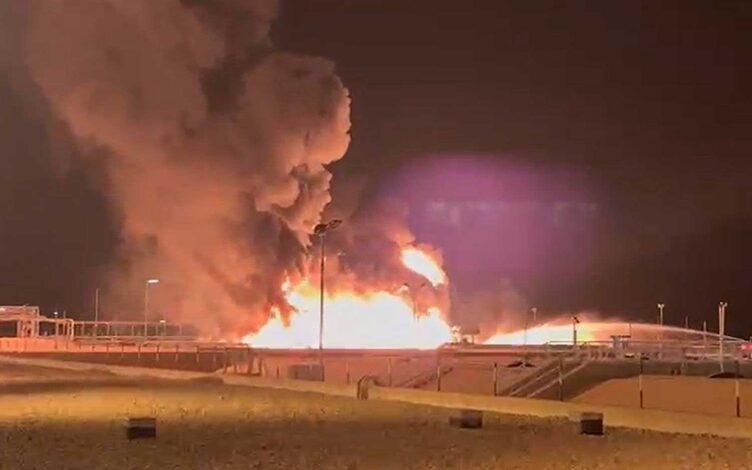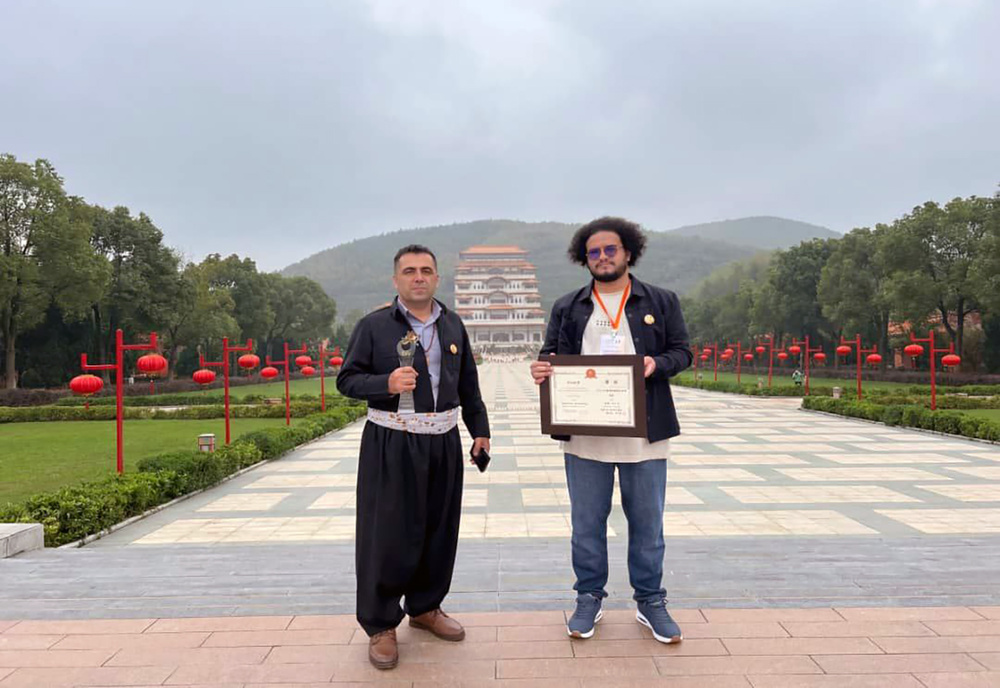However, after a civil war in 1994, any process towards unification of the clashing parties into a governing structure ended until the US-led invasion of Iraq. While the KRG now has a unified government, the fault lines within it are deepening. The two leading parties, the Kurdistan Democratic Party (KDP) and the Patriotic Union of Kurdistan (PUK), have a history of bad blood between them, resulting in distrust especially on financial dealings and security. Micro fault lines within these parties have made it even more difficult to achieve intra-Kurdish harmony in the region. As parliamentary elections approach, new conflicts are expected, further damaging relations. Despite the KRG’s appearance as a unified entity, the KDP and PUK continue to prioritise party interests to the detriment of the region. Two sets of leadership preoccupied with their own internal problems may well pave the way for the fall of the KRG.
Saddam Hussein’s invasion of Kuwait led to the intervention of a 35-country military coalition, overwhelming the Iraqi army. Hoping to overthrow the Baath regime, rebellions began in the southern and northern provinces of the country on 1 and 5 March 1991, respectively, with encouragement from then-US President George HW Bush. However, the Baath army was able to use its military helicopters to suppress the rebellion. Following the uprisings, the mostly Kurdish-inhabited provinces of Erbil, Dohuk and Sulaymaniyah established a unified parliament known as the Kurdistan National Assembly, later renamed the Kurdistan Parliament. The unification process ended with the Kurdish civil war of 1994, but it was revived by a US-backed initiative to unify Kurdish parties before the 2003 invasion of Iraq. On 5 March 2023, the Kurdistan Regional Government celebrated the 32nd anniversary of the rebellion against the Baathist regime. Today, despite the existence of a unified government and the absence of civil war between the Kurdish parties, fault lines within the KRG are becoming increasingly pronounced.
The Erbil-based Kurdistan Democratic Party (KDP) and the Sulaymaniyah-based Patriotic Union of Kurdistan (PUK), the two main actors in the KRG, have been feuding since the civil war. That conflict resulted in more than two thousand casualties from both sides until the 1995 ceasefire, and fighting was to continue in subsequent conflicts, including the Battle of Erbil. Repeated rounds of bloodshed destroyed any trust between the two parties, despite each promising to prevent birakuji, or brotherly murder. To this day the process of unifying the Peshmerga forces, once in conflict with each other, under the umbrella of the KRG Peshmerga Ministry has been continually interrupted by political interventions. With the KDP gaining a stronger foothold in important positions in the region, such as the presidency, prime ministry and regional security apparatuses (except for the Peshmerga Ministry), the PUK’s increased distrust was to be expected.
The same distrust was also visible after Iraq’s 2021 parliamentary elections. The KDP and PUK decided to support different electoral groupings in Baghdad and could only unite in supporting the same bloc, the Management of the State Coalition, after the KDP-supported Salvation of the Homeland Coalition (which consisted of the Sadrist Movement and the major Sunni bloc) dissolved. However, this breakup raised questions over who would be nominated as president, as it was unclear which group had greater support. In the end, neither the PUK’s nor the KDP’s top candidate was elected, and Abdul Latif Rashid, a PUK member, was elected with the KDP’s support despite opposition from the PUK. In the end, neither party achieved their original goal, and the situation became further destabilised.
Distrust between the two leading parties is also visible in the region’s financial dealings. The governorate of Sulaymaniyah accepted to hand over its oil revenues to the central government in Baghdad in return for their share of the provincial budget to be paid directly, sidelining the KRG, deepened the fault line between Erbil and the oil-rich disputed zone. Additionally, despite Sulaymaniyah’s population being higher than that of Erbil or Dohuk, its provincial budget is equivalent to Erbil’s, which creates a sense of ‘us versus them’ between the cities. Sulaymaniyah-based businesspeople moving their investments from Erbil to other Iraqi provinces is also an indicator of the level of mistrust.
Despite the divide between the KDP and the PUK, micro fault lines within the powerhouses make it difficult for the region to unify its security and financial operations. As the longstanding leader of the KDP, Masoud Barzani, remains in office as the head of the party, and has successfully kept the tension between his nephew Nechirvan and son Masrour under control. However, Masrour Barzani’s criticism of the former government headed by his cousin, evidence of his struggle to gain a stronger foothold within the KDP, demonstrates the level of tension.
Meanwhile, among their PUK counterparts, a similar story has unfolded. After Jalal Talabani’s death, the PUK changed its structure and adopted co-leadership, abolishing the party presidency. However, this new leadership mechanism did not last, and Bafel Talabani, Jalal’s son and cousin of Lahur Jangi, was named as the party president after Jangi’s ousting. Moreover, in recent developments, the Erbil Court ruled that Lahur Jangi is a co-chairman of the PUK and should resume his duties.
These micro fault lines within the two major parties are preventing their leaderships from focusing on mending their relations. With parliamentary elections in the KRG approaching, new conflicts can be expected to arise, both between and within the parties, further damaging their relations.
In conclusion, despite the outward appearance of unity, the KRG is deeply divided along political, security and economic lines. The KDP and PUK prioritise their own interests over the well-being of the region, exacerbating existing fault lines. The leadership’s internal divisions further hinder efforts to address these issues. As the parliamentary elections approach, new conflicts are likely to arise, further destabilising the region. Ultimately, the KDP and PUK, as the most influential actors in the KRG, risk bringing about its downfall if they continue to prioritise their own interests over those of the region.
LSE
Reporter's code: 50101

Northern revolts by the Kurdish population in Iraq during 1991 (with US encouragement) eventually led to the formation of the Kurdistan Regional Government (KRG).
News ID 158891






Your Comment